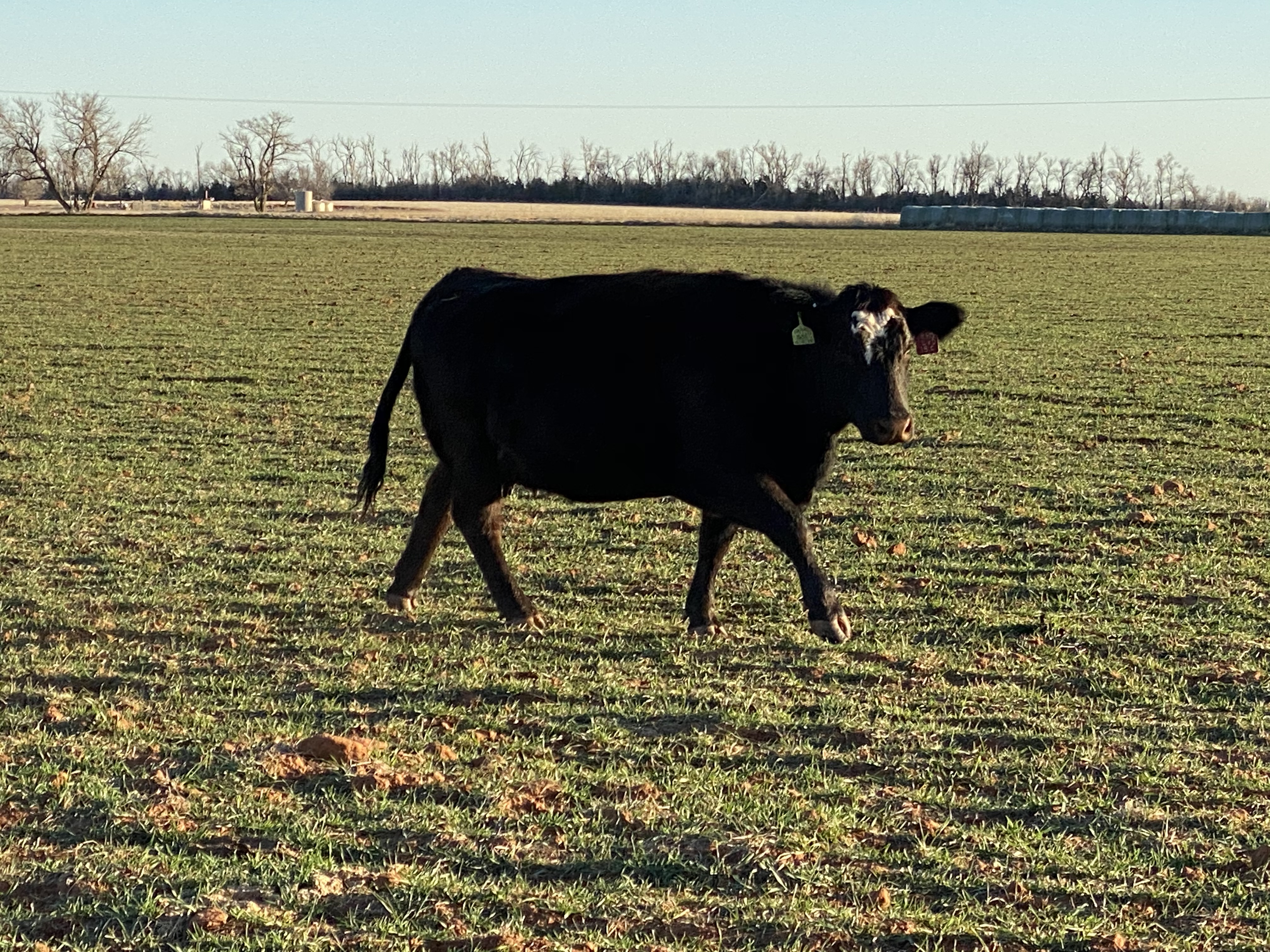
Agricultural News
Dr. Derrel Peel on Winter Wheat Grazing Prospects
Mon, 31 Aug 2020 18:19:45 CDT
 Mondays, Dr. Derrell Peel, Oklahoma State University Extension Livestock Marketing Specialist, offers his economic analysis of the beef cattle industry. This analysis is a part of the weekly series known as the "Cow Calf Corner" published electronically by Dr. Peel and Dr. Glenn Selk. Today, Dr. Peel talks about winter wheat grazing prospects.
Mondays, Dr. Derrell Peel, Oklahoma State University Extension Livestock Marketing Specialist, offers his economic analysis of the beef cattle industry. This analysis is a part of the weekly series known as the "Cow Calf Corner" published electronically by Dr. Peel and Dr. Glenn Selk. Today, Dr. Peel talks about winter wheat grazing prospects.
Winter wheat is used for grain-only, forage-only or dual-purpose systems targeting cattle grazing and grain production. In the Southern Plains, stocker producers interested in grazing winter wheat pastures often begin planting wheat in late August or early September. The desire to jump-start wheat forage growth by planting early in the fall must be balanced against frequent seasonal drought and hot soil temperatures that prevent wheat germination. Conditions this year vary across Oklahoma ranging from very dry to adequate moisture with generally favorable soil temperatures. Early planted wheat also faces a bigger likelihood of fall armyworm or other pest invasions, disease pressure and increased weed competition. Dual-purpose wheat producers must navigate both the production tradeoffs between wheat forage and grain production as well as the economic challenges in wheat and cattle markets.
Current feeder cattle prices provide an indication of the economic prospects for fall and winter grazing. In the last week of August, the Oklahoma average auction price for 475-pound steers was $165.25/cwt. with 750-pound steers at $140.40/cwt. This calculates to a value of gain of $0.975/pound for 275 pounds of gain. Across beginning weights of 450-600 pounds, the value of gain ranges from $0.90 to $1.00/lb. using current auction prices. Cost of production is likely less than $0.90/lb. in many cases, suggesting potential positive returns for stocker production.
A common wheat pasture grazing budget is based on October stocker purchases with feeders marketed in early March including roughly 120 days of winter grazing. For example, based on current market conditions, 475-pound steer price is projected to be between $160 and $165/cwt. in October. This estimate is suggested by both typical seasonal cash price patterns and October Feeder futures at the current time. Budgets using a range of purchase prices, feed costs, and average daily gain result in a range of estimated March breakeven prices from $129 - $139/cwt. with the most likely values from $132-$136/cwt. for animals weighing about 750 pounds at sale. Current March feeder futures, adjusted for Oklahoma basis, suggest a 750-pound steer price of about $140/cwt. in early March. Market conditions right now suggest some potential for winter grazing returns above production costs.
Markets will no doubt evolve this fall and producers must continue to evaluate winter grazing potential under dynamic market conditions. Winter grazing potential may vary widely for a range of stocker production alternatives. Prior to purchase, producers should consider flexibility for stocker operations including the size of animals purchased, animal gender and quality and length of grazing period. The old adage of stocker production is that profits are made on the buy and only collected at sale; that is to say "bought right is half sold".
General economic uncertainty and volatility will continue to be particularly important in cattle markets and risk management should be carefully considered. Futures markets may offer an opportunity to lock in a margin on winter grazing. However, risk management requires deliberate action to implement a plan. Market opportunities are often fleeting and producers may have to act quickly to take advantage of changing market conditions. It is important to have a marketing and risk management plan in place to help guide stocker purchases and production. Winter wheat grazing seasons in the Southern Plains typically include a range of conditions. Fall 2020 is starting with some potential and perhaps a bit of excitement.
WebReadyTM Powered by WireReady® NSI
Top Agricultural News
More Headlines...





